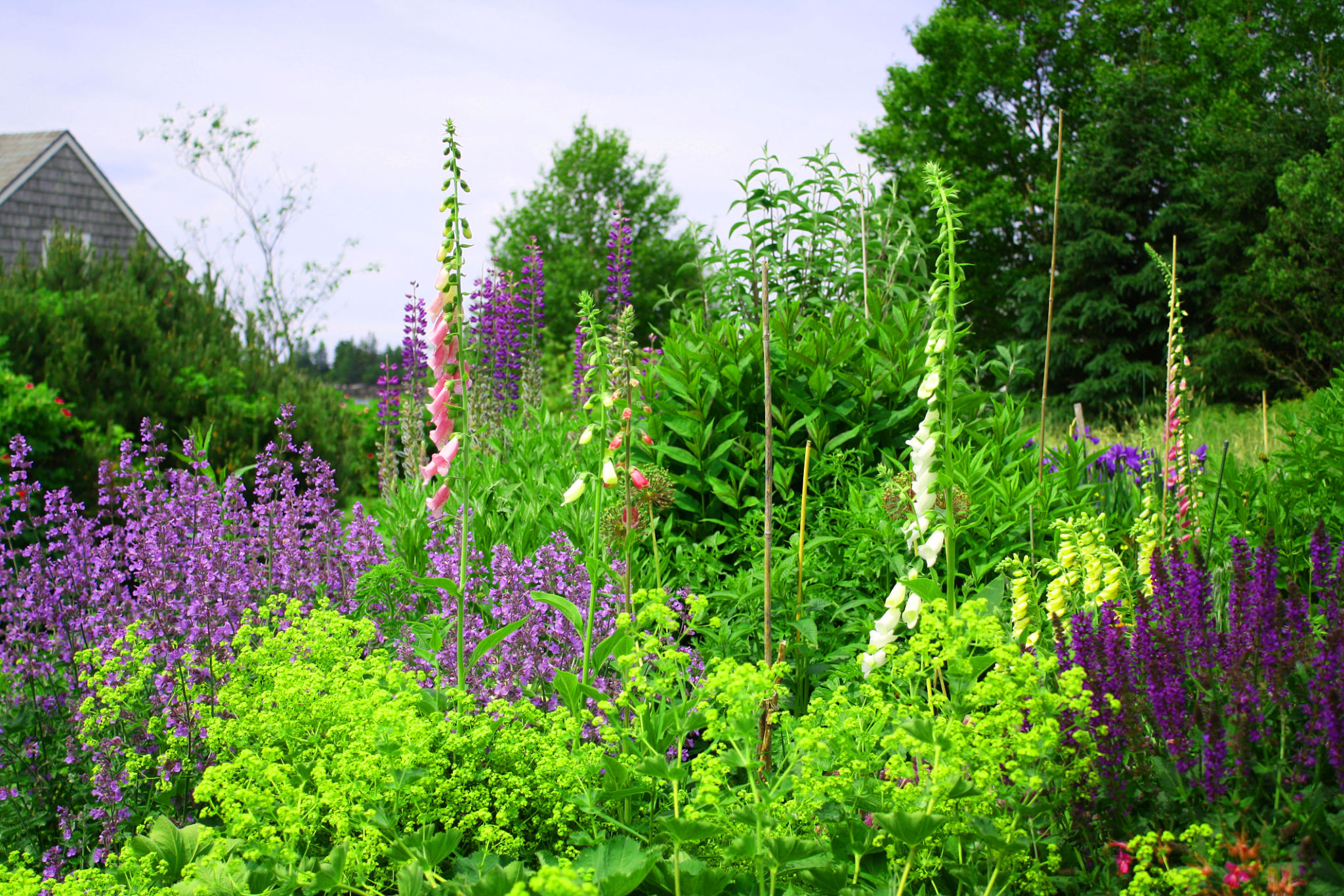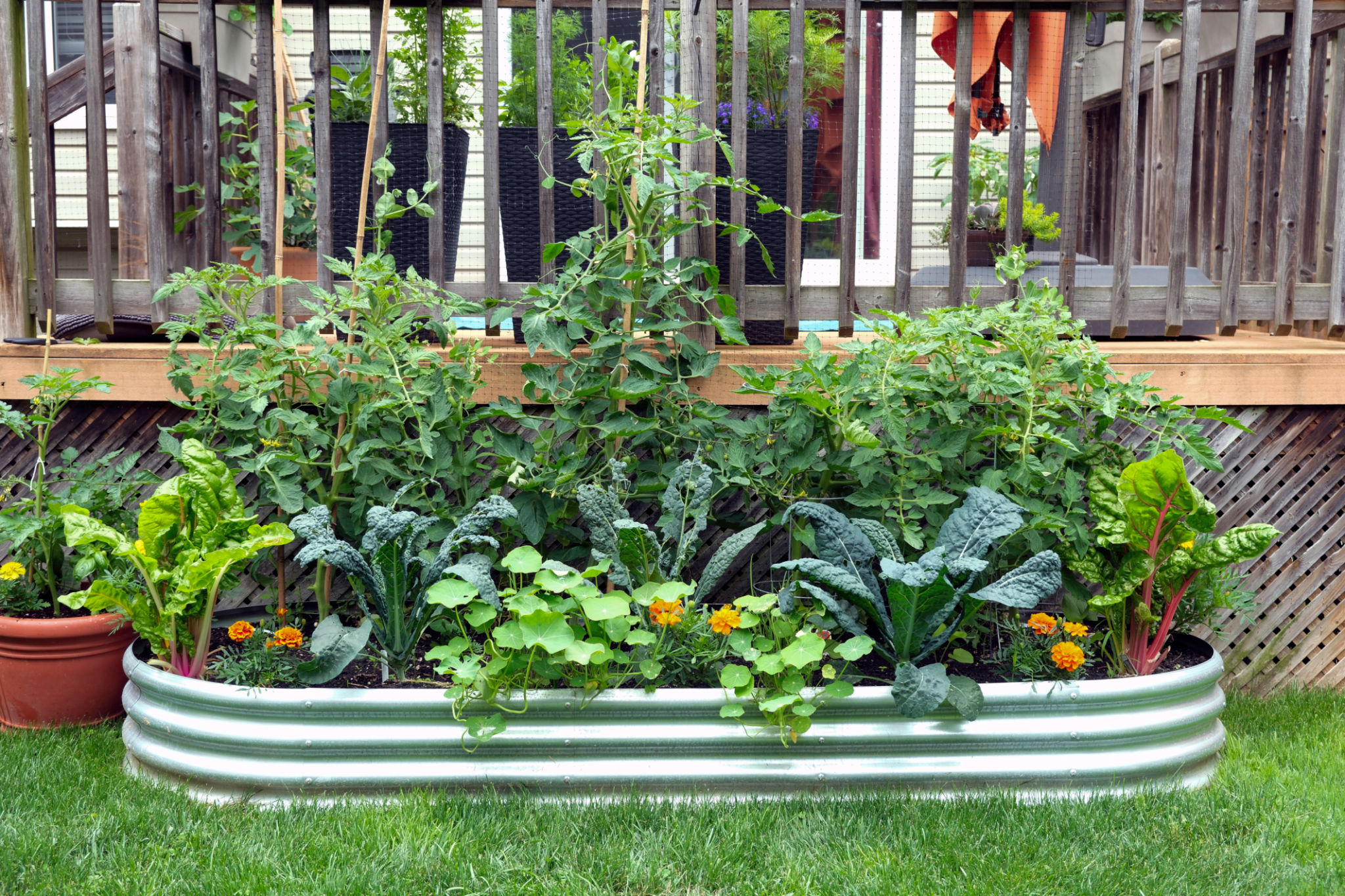Debunking Common Myths About Eco-Friendly Landscaping
Understanding Eco-Friendly Landscaping
Eco-friendly landscaping, often referred to as sustainable or green landscaping, integrates environmentally conscious practices into outdoor spaces. However, there are many misconceptions surrounding this approach, leading some to avoid adopting these beneficial practices. In this post, we will debunk common myths about eco-friendly landscaping and highlight how it can transform your outdoor space into a sustainable haven.

Myth 1: Eco-Friendly Landscaping Is Expensive
One of the most prevalent myths is that eco-friendly landscaping costs significantly more than traditional methods. While initial costs might be higher due to the use of native plants and organic materials, these investments pay off over time. Native plants typically require less water, reducing irrigation costs, and their natural resistance to local pests and diseases means fewer expenses on pesticides and fertilizers.
Moreover, by using resources wisely and adopting practices such as composting and rainwater harvesting, homeowners can further cut costs. The key is in the long-term savings and the reduced environmental impact that make eco-friendly landscaping a cost-effective choice.

Myth 2: It Requires More Maintenance
Another common misconception is that sustainable landscaping demands more maintenance. In reality, eco-friendly landscapes are designed to be low-maintenance. Native plants are adapted to local climates and soil conditions, meaning they require less watering and fertilizing. Additionally, incorporating mulch reduces weed growth and helps retain soil moisture, further minimizing maintenance efforts.
By selecting the right plants and employing smart landscaping techniques, such as xeriscaping, homeowners can enjoy beautiful gardens with minimal upkeep. The goal is to work with nature, not against it, making the landscape more self-sufficient.
Myth 3: It Limits Design Options
Some believe that eco-friendly landscaping restricts creativity and design possibilities. On the contrary, sustainable landscaping offers a wide range of design options that can be tailored to any style preference. From lush native plant gardens and edible landscapes to water features that recycle water, the possibilities are endless.

Moreover, using natural elements like stones, gravel, and reclaimed wood can add unique textures and structures to your landscape. These materials not only enhance aesthetics but also promote sustainability by reducing the need for new resources.
Myth 4: It's Just a Trend
Lastly, some dismiss eco-friendly landscaping as just another passing trend. However, this approach is rooted in long-term sustainability and environmental stewardship. As climate change concerns grow, sustainable landscaping practices are becoming increasingly important in mitigating environmental impacts.
The focus on reducing water usage, promoting biodiversity, and decreasing chemical dependency aligns with global efforts to protect our planet. Embracing eco-friendly landscaping is a commitment to a healthier environment for future generations.

Embracing Sustainable Practices
By debunking these myths, it's clear that eco-friendly landscaping is a viable and beneficial option for anyone looking to make a positive environmental impact. Whether you're motivated by cost savings, reduced maintenance, or creative freedom, sustainable landscaping offers numerous advantages that go beyond aesthetics.
Take the first step towards transforming your outdoor space into a sustainable paradise by considering native plants, efficient irrigation systems, and natural materials. Your garden will not only thrive but also contribute to a healthier planet.
